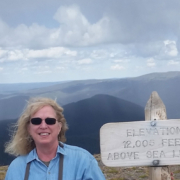Expertise and Research
Our Staff and Board Members Offer Expertise and Important Skills
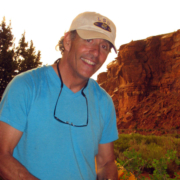 Dana Bove – Board President
Dana Bove – Board President
Dana is a long time Boulder, Colorado resident and is President and founder of Front Range Nesting Bald Eagle Studies. Dana traded his love for research as a career geologist with the U.S. Geological Survey (USGS) for studies on nesting and winter roosting Bald Eagles in the northern Colorado Front Range. A passion for photography, raptors, environmental conservation, and scientific research provide the foundation for his current Bald Eagle studies.
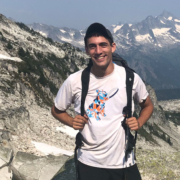 Theo Kuhn – Staff Member
Theo Kuhn – Staff Member
Theo spends many hours every week observing eagles in the field, and also conducts manuscript writing, advocacy efforts, data management, communications, and volunteer training and coordination. He received a Bachelor’s of Science in Geology & Geophysics from Yale University and has worked for the National Park Service. He brings a passion for scientific research, field work, wildlife conservation and environmental education.
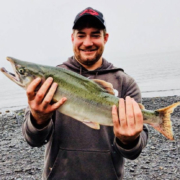 Andrew Lifur – Birch-Staff Member in charge of GIS analysis and Database Maintenance and Analysis
Andrew Lifur – Birch-Staff Member in charge of GIS analysis and Database Maintenance and Analysis
Andrew’s skills and experience include environmental monitoring and analysis; hydrology and geochemistry; geospatial modeling and analysis; and large dataset management and QA/QC. Andrew has a PhD in geography and hydrologic science from the University of Colorado, Boulder, and a M.S. in Natural Resources-Hydrology, from North Carolina State University. Andrew maintains our R database, and is an expert in his analytical skill and GIS analysis and visualization.
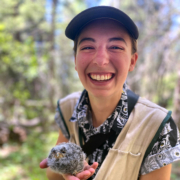 Sarah Lloyd – Research and Advocacy Coordinator
Sarah Lloyd – Research and Advocacy Coordinator
Sarah is an avid birder and budding ecologist. She received a Bachelor of Arts from Colorado College in Organismal Biology and Ecology where she fell in love with the birds of the Colorado Front Range. Sarah has worked with flammulated owls and common nighthawks and is thrilled to be studying Colorado’s eagles along the Front Range.”
FRNBES members, staff, and volunteers include wildlife enthusiasts, birdwatchers, and amateur photographers, some of whom have undergraduate and advanced degrees in biology and wildlife studies and have worked professionally in the field.
Research
Front Range Nesting Bald Eagle Studies (FRNBES) is a Colorado based nonprofit 501(c)(3) organization dedicated to the study and conservation of nesting and winter roosting Bald Eagles in the northern Colorado Front Range. FRNBES is entering our sixth year of scientific studies on ten Bald Eagle nests, three Bald Eagle winter roosts, and one pair of tree-nesting Golden Eagles, all in the northern Colorado Front Range.
FRNBES initiated field studies in 2014 after recognizing an absence of data on nesting Bald Eagles in the Colorado Front Range outside of the January through July time frame. Our goal was to design an easy-to-follow yet quantitative and robust field methodology that would provide objective behavioral and geospatial data for nests and winter roosts. Results from our first year of studies provided us with answers to some of our more fundamental questions about the nesting Bald Eagle population in the northern Front Range.
Perhaps most importantly, we documented that nesting Bald Eagles in our study area maintained a strong fidelity to their near-nest territory all year long, confirming our initial hypothesis. In addition, we determined that nesting Bald Eagles in our study area began nest building and maintenance as early as the beginning of September. Previously, federal land managers deemed nests in the northern Front Range to be “inactive” from August until January, leaving nests vulnerable to federal “take” permits during that time frame.
We study several nests and roosts with greater frequency and longer duration, especially those encroached upon by development and resource extraction. One of our main objectives has been to determine whether the effects of anthropogenic disturbances could be identified by analyzing quantitative behavioral results over time. Without this data-driven approach, proving instances of human disturbance requires chance observations of humans acting and eagles reacting, an approach that misses subtle yet biologically significant changes in eagle behavior.
As our studies have been conducted for a number of years, we can conclusively demonstrate that our protocol can identify these detrimental impacts to both nesting eagles and to communal roosts.

